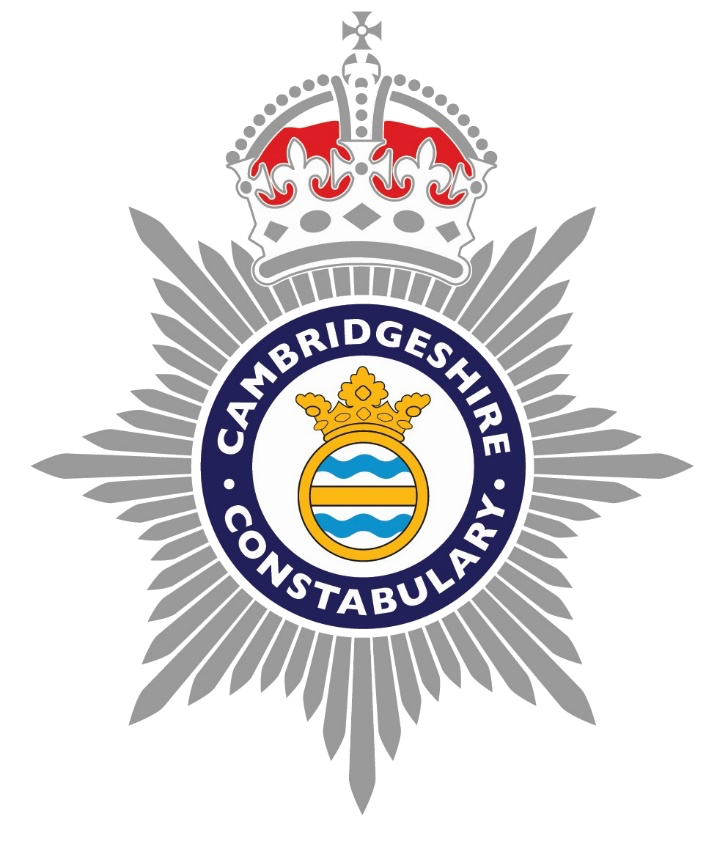5


You are dealing with an allegation of public indecency near a school, when you are called to a priority threat to life situation. How do you deal with these two competing calls for service?
Case Studies
- Does it change the way you deal with the situation if the person near the school is identifiable and still at the location?
- What if the person is not identifiable and no longer at the location? What do you do then?
- What if local media has been contacted and are on their way to the location? Does this change your response?
Discussion
- Clearly, you are expected to prioritise certain things, but how do you make that decision? What happens when there are too few resources to manage competing priorities? How do you choose?
- How will the public perceive the situation if they are unaware of why an investigation is stopped or interrupted?
- What actually crosses the line into public indecency?
- How do you/should you communicate with the public on this? A police presence, no matter how brief will still be preferable in most situations if handled carefully.
Public safety has got to be the first priority and a media presence should not affect your calculations or conduct in an ideal world. Clearly this must be balanced against maintaining confidence in the police and knowledge of the way that your actions are likely to be portrayed.
This means making sensible risk-based decisions with a clear rationale that is capable of withstanding scrutiny – which means to explain why you did it, how you did it, and what you knew at the time, which informed the management of the risk.
This means making sensible risk-based decisions with a clear rationale that is capable of withstanding scrutiny – which means to explain why you did it, how you did it, and what you knew at the time, which informed the management of the risk.




